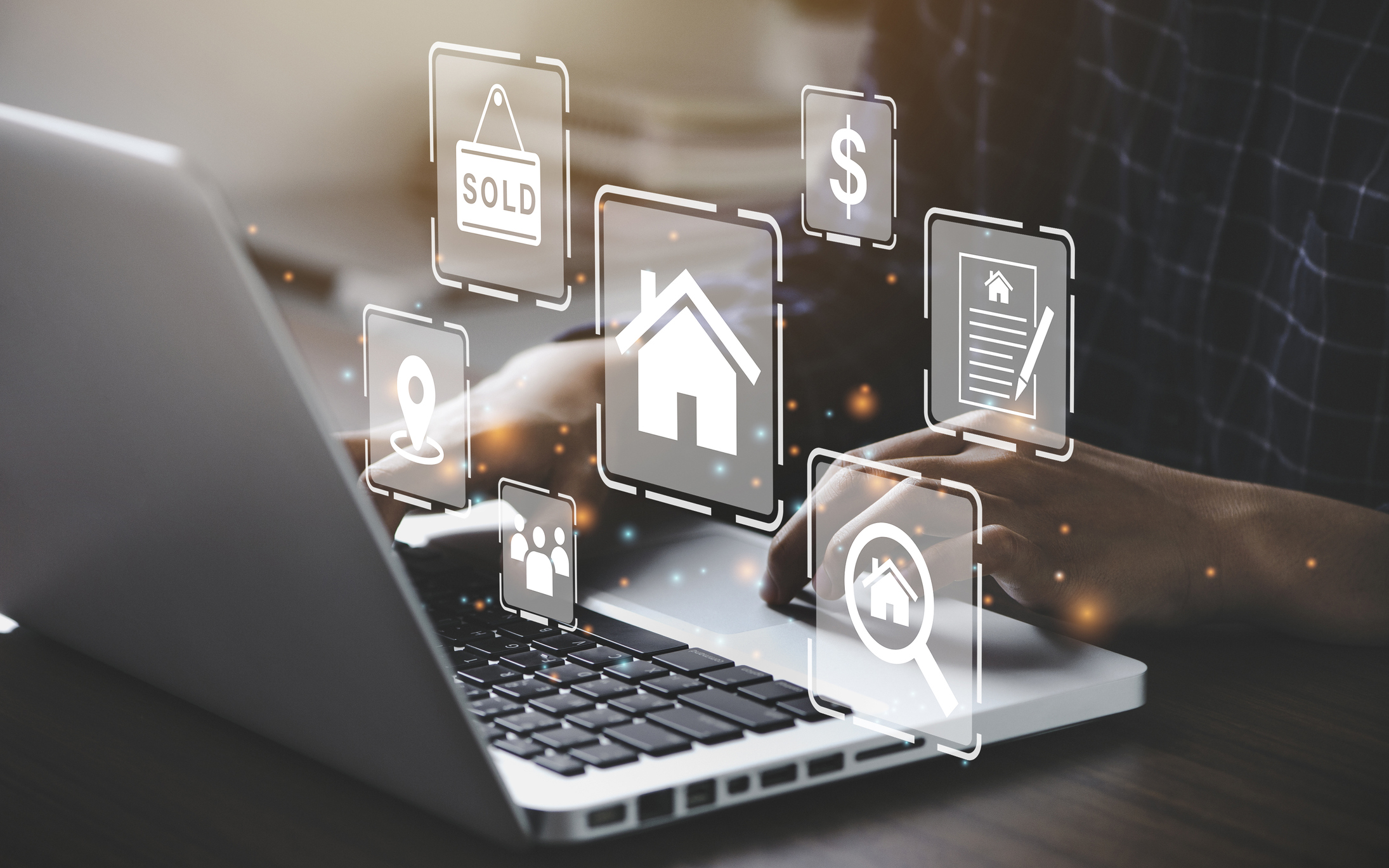Effective utilization of gross square footage is crucial in property development projects to maximize space, optimize returns on investment, and meet the needs of end-users. Whether you are developing commercial, residential, or mixed-use properties, understanding how to strategically use every square foot can make a significant difference in the success of your project. In this article, we will explore various strategies that can help you make the most out of gross square footage in your property development endeavors.
1. Efficient Space Planning
Utilize every corner:
- Consider irregularly shaped spaces for unique design opportunities.
- Maximize vertical space with mezzanines or loft areas.
- Use alcoves or niches for built-in storage solutions.
Optimize traffic flow:
- Create clear pathways and avoid dead-end corridors.
- Cluster related spaces together for convenience.
- Ensure accessibility for people with disabilities.
2. Multi-functional Spaces
Flexible design:
- Design spaces that can serve multiple purposes.
- Use movable partitions or furniture to adapt to changing needs.
- Consider convertible furniture for small living spaces.
Shared amenities:
- Implement shared facilities like gyms, lounges, or rooftop gardens.
- Encourage community interaction through common areas.
- Maximize the usage of common spaces to add value for residents or users.
3. Sustainable Design Practices
Energy efficiency:
- Incorporate natural lighting and ventilation to reduce energy consumption.
- Use energy-efficient appliances and fixtures to lower utility costs.
- Consider renewable energy sources such as solar panels or geothermal heating.
Green spaces:
- Integrate landscaping and green roofs to improve air quality.
- Create outdoor spaces for recreation and relaxation.
- Promote biodiversity through native plantings and wildlife habitats.
4. Technology Integration
Smart home features:
- Install home automation systems for increased efficiency and convenience.
- Offer high-speed internet and connectivity options for residents or tenants.
- Implement security systems and monitoring devices for added safety.
Virtual tools:
- Use virtual reality for property visualization and marketing purposes.
- Implement digital collaboration platforms for project management and communication.
- Utilize Building Information Modeling (BIM) for accurate planning and construction.
5. Regulatory Compliance
Zoning regulations:
- Understand local zoning ordinances and building codes to maximize land use.
- Adhere to height restrictions and setback requirements.
- Obtain necessary permits and approvals before commencing development.
Accessibility standards:
- Ensure compliance with ADA requirements for accessible design.
- Provide amenities and features for people with disabilities.
- Consider universal design principles for inclusive spaces.
By implementing these strategic approaches, property developers can effectively utilize gross square footage to create innovative, efficient, and sustainable properties that cater to the needs of occupants while maximizing returns on investment. Whether you are working on a new construction project or renovating an existing building, thoughtful planning and design considerations can make a significant impact on the success of your development venture.

